Kebapche (grilled meat kebabs) is a favorite dish from Bulgaria that’s packed with flavor. These juicy kebabs are seasoned with a hint of cumin, making each bite unforgettable.
They’re usually served with a fresh Bulgarian salad, combining delicious tastes that show off Bulgaria’s friendly and welcoming culture. Whether you cook them in a pan or on a barbecue, kebapche is a tasty treat that you’ll keep wanting more of.
Let’s Learn More About Kebapche
Interestingly, the name “kebapche” has an endearing origin, being derived from the word “kebab” with the addition of “-che”, a Bulgarian neutral suffix meaning “little.” So, essentially, kebapche translates to “little kebab”.
Kebapche is essentially grilled minced meat, combined with a punchy trio of spices – black pepper, cumin, and salt. This results in a rich, flavorful kebab that is both juicy on the inside and charred on the outside.
As for their shape, well, think of an elongated cylinder, somewhat akin to a hot dog. You’ll usually find a mix of pork and beef in there, although some variations are exclusively pork.
How you enjoy kebapche can vary, but a plate of French fries is one of the most beloved additions. And not just any chips, but ones generously sprinkled with sirene, a fresh white cheese reminiscent of feta.
Add a bit of Lyutenitsa for dipping – it’s a wonderful Bulgarian relish made primarily from red peppers and tomatoes – and you’ve got yourself an incredible meal.
What Tools Are Needed for Kebapche?
To make Bulgarian kebapche, you will need the following tools:
What’s in the Ingredients List for Kebapche?
Below are the essential ingredients for Bulgarian grilled meat kebabs:
What Are the Steps to Prepare Kebapche?
Preparing kebapche involves 5 straightforward steps that result in a flavorful and traditional Bulgarian dish. Here’s how you can make them:
Step 1: Mix the Ingredients
Begin your kebapche adventure by thoroughly blending these ingredients in a large bowl:
Mix the mixture well.
Step 2: Rest the Mixture
After you’ve fully kneaded the mixture, let it sit in the refrigerator for roughly 24 hours. This essential step allows an emulsion to form, keeping the fat nicely contained within your kebapche during cooking.
Step 3: Shape the Kebapche
Once the resting period is over, it’s time to form your kebapche. Grab portions of the meat mixture and mold them into the signature elongated cylindrical shapes on a wooden board. Aim to make each kebapche around 6 inches long.
Step 4: Grill The Kebapche
Next, heat your grill pan over medium-high heat. Place the formed kebapche onto the hot grill pan, using cooking tongs to rotate them gently in one direction 3 or 4 times.
This will ensure they cook evenly. You should allow each side to grill for approximately 2-3 minutes.
Step 5: Serve Your Kebapche
Finally, when your kebapche has reached a beautiful golden brown perfection, it’s time to serve them up hot!
Accompany your kebapche with a side of traditional Bulgarian vegetables such as fresh tomatoes, peppers, cucumbers, lettuce, and onions to fully savor this dish. Enjoy your authentic Bulgarian kebapche experience!
Pro Tips for Making Kebapche
Making kebapche like a pro involves some simple yet effective tips that can elevate your grilling game and bring authentic Bulgarian flavors to your table. Here are some suggestions:
Side Dishes to Enjoy with Kebapche
Here are some classic and complementary side dishes that are typically enjoyed with kebapche:
How to Store Your Kebapche?
Let’s discover the proper storage method for cooked and uncooked kebapche:
Storing Cooked Kebapche
If you’ve made a large batch of kebapche and you have leftovers, you can simply place them in airtight containers, then store them in the fridge. They should stay good for about 3 to 4 days. When you’re ready to eat them again, reheat them gently in a pan or in the oven until they’re warmed through.
They can be frozen for up to 3 months. To enjoy, defrost them in the refrigerator overnight and then reheat.
Storing Uncooked Kebapche
If you’ve prepared your kebapche mix but don’t plan on cooking all of it right away, you can refrigerate this mixture for about 2 days.
You can also form the kebapche and freeze them on a baking sheet. Once they’re frozen, transfer them into a freezer bag or container, and they can last for 3 months. This way, you can cook them straight from frozen whenever you want!
What Are Different Variations of Kebapche?
Here are some different variations of kebapche:
FAQs
Grill Meat in Bulgarian Style!
A shining beacon of Bulgaria’s culinary landscape, this dish magically transforms modest ingredients into a taste sensation that’s hard to forget. I invite you to dive into this culinary adventure and discover the joys of making kebapche at home.
If you found this article intriguing, do like and share it with your fellow food enthusiasts. If you’ve tried your hand at kebapche or savored it on Bulgarian soil, I’d love to hear your experiences, feedback, or suggestions in the comments below!
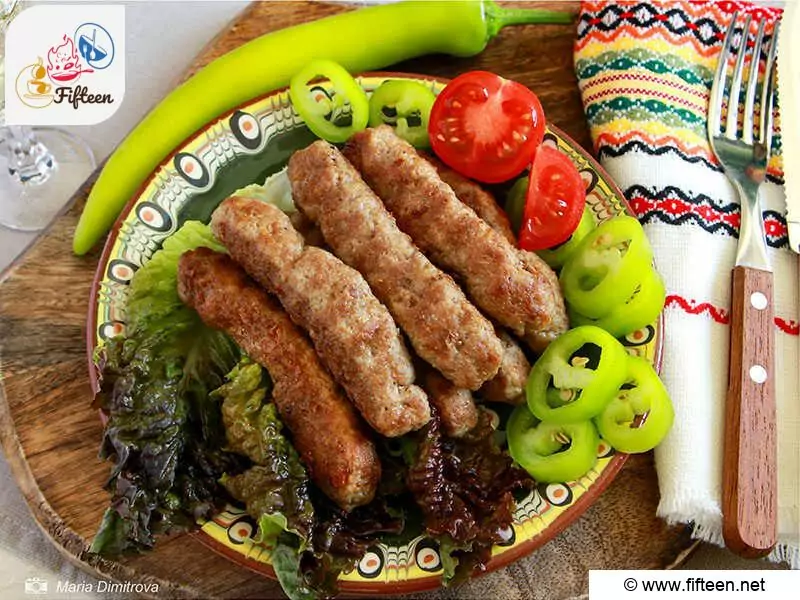
Kebapche Recipe (Bulgarian Grilled Meat Kebabs)
Equipment
- Pan
- Tongs
- Bowl
- Wooden Board
Ingredients
- 2.2 pounds of minced meat
- 0.66 cup of water
- 1 tablespoon ground cumin
- 1 tablespoon ground black pepper
- 1 teaspoon salt
Instructions
- Begin your kebapche adventure by thoroughly blending your minced meat, spices, and about 2/3 cup of water in a large bowl. Mix the mixture well.
- After you've fully kneaded the mixture, let it sit in the refrigerator for roughly 24 hours.Once the resting period is over, it's time to form your kebapche.
- Grab portions of the meat mixture and mold them into the signature elongated cylindrical shapes on a wooden board.Aim to make each kebapche around 6 inches long.
- Heat your grill pan over medium-high heat. Place the formed Kebapche onto the hot grill pan, using cooking tongs to rotate them gently in one direction 3 or 4 times.
- You should allow each side to grill for approximately 2-3 minutes.
- Finally, when your kebapche have reached a beautiful golden brown perfection, it's time to serve them up hot!
- Accompany your kebapche with a side of traditional Bulgarian vegetables such as fresh tomatoes, peppers, cucumbers, lettuce, and onions.
Notes
- The quality of your minced meat can greatly affect the taste of your kebapche. Choose fresh, high-quality pork or beef for the best results.
- For a deeper flavor, try grinding your cumin and black pepper fresh rather than using pre-ground spices.
- Allowing your meat mixture to rest in the refrigerator for 24 hours is crucial for creating an emulsion that will keep the fat inside your kebapche during cooking. Don’t skip this step.
- Be gentle when forming your kebapche. You want them to stay intact during grilling but not be so tightly packed that they become tough.
- It’s important to heat your grill pan to medium-high heat before placing your kebapche on it. If the pan isn’t hot enough, your kebapche could stick to it and be torn apart.
- When grilling your kebapche, remember to turn them gently and consistently for even cooking. Over-handling can cause them to fall apart.
- Don’t be afraid to experiment with the amount and types of spices you use in your kebapche. Everyone’s taste is different, and part of the fun of cooking is making a dish of your own!


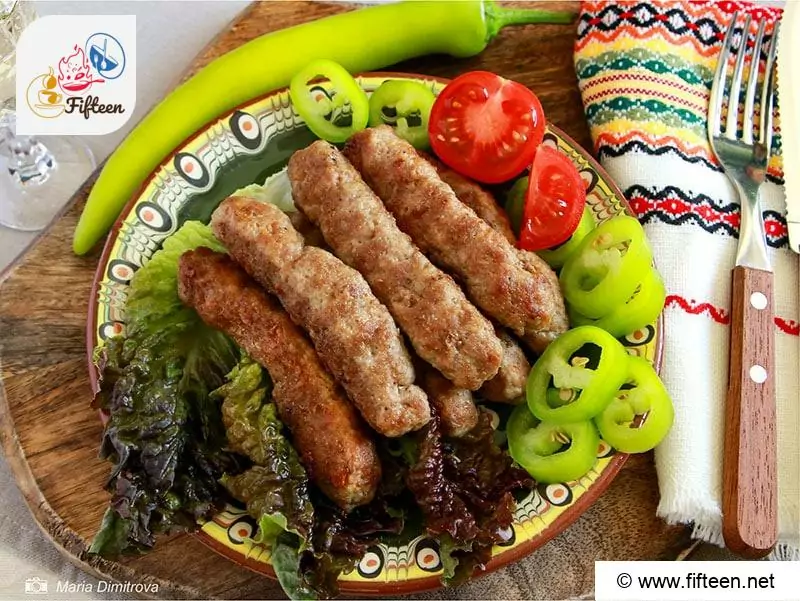
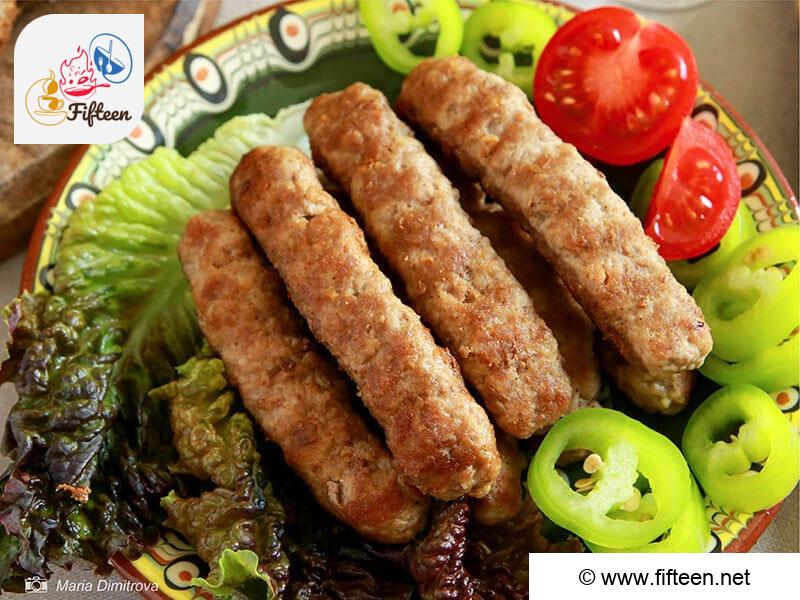
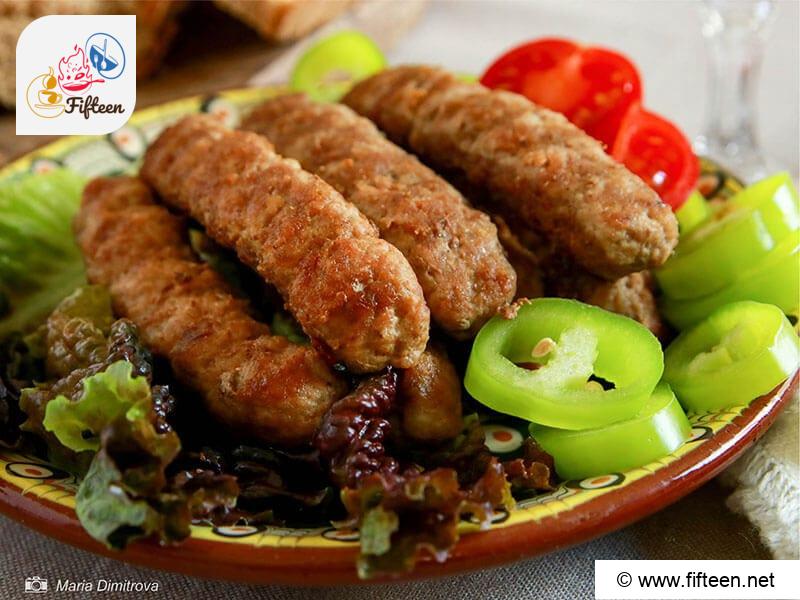
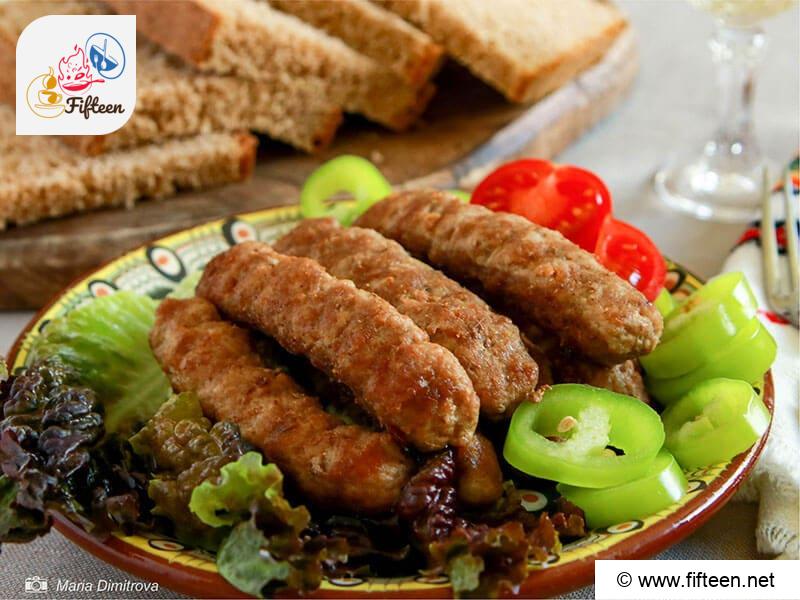
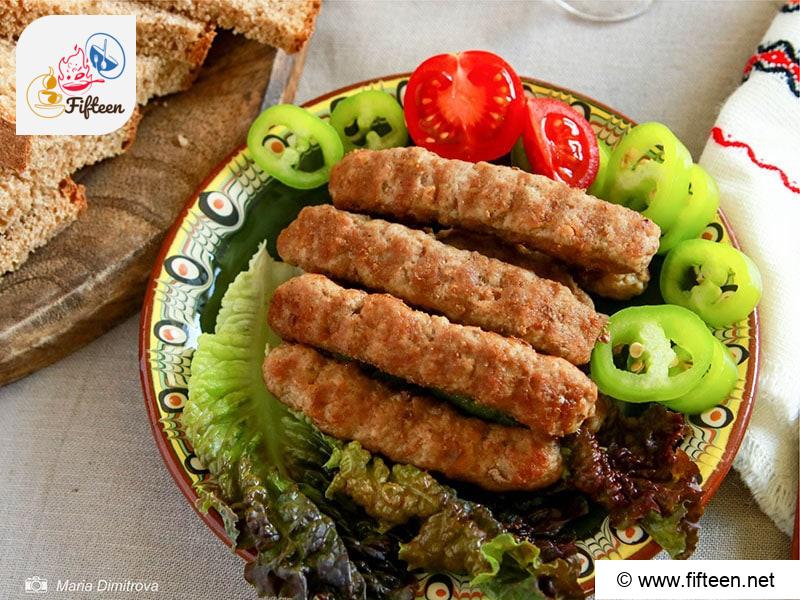
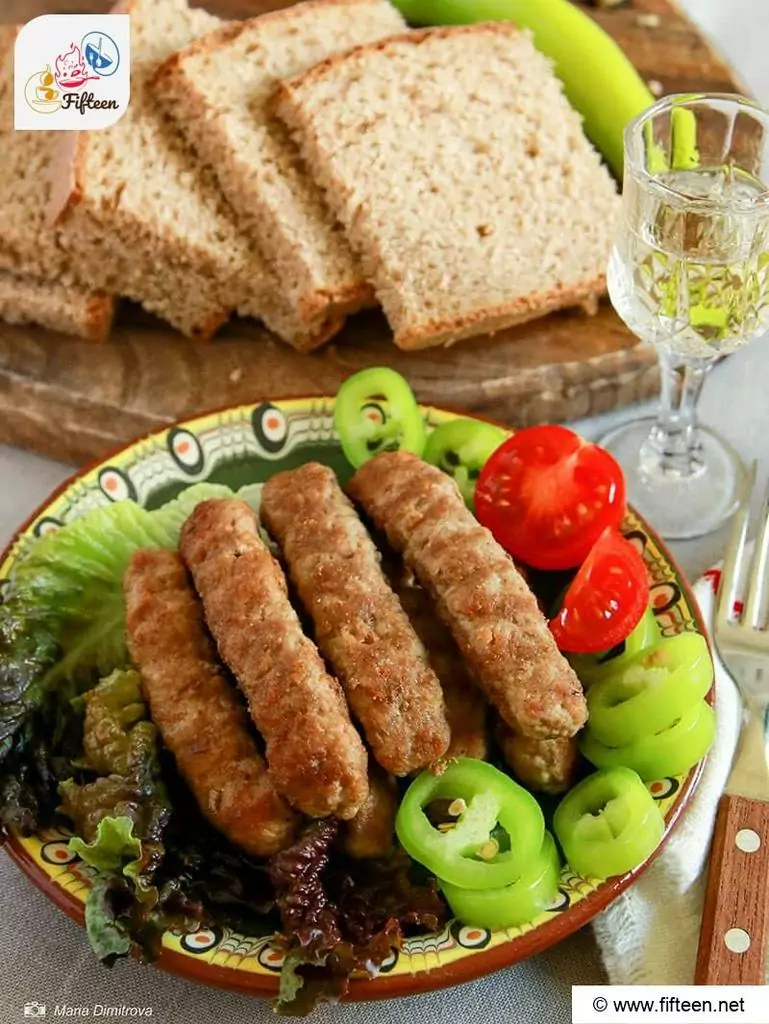
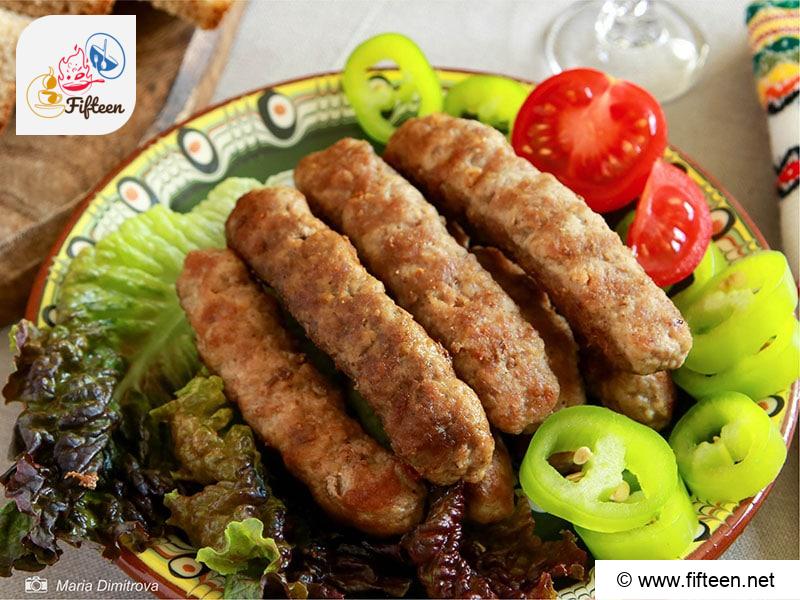
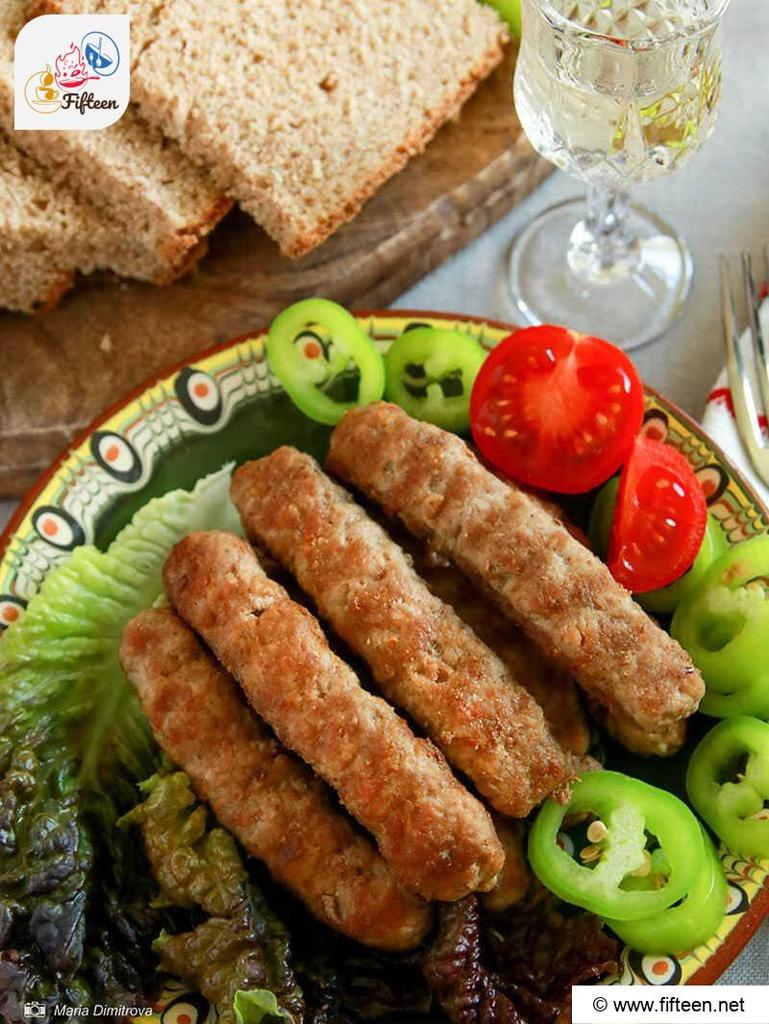
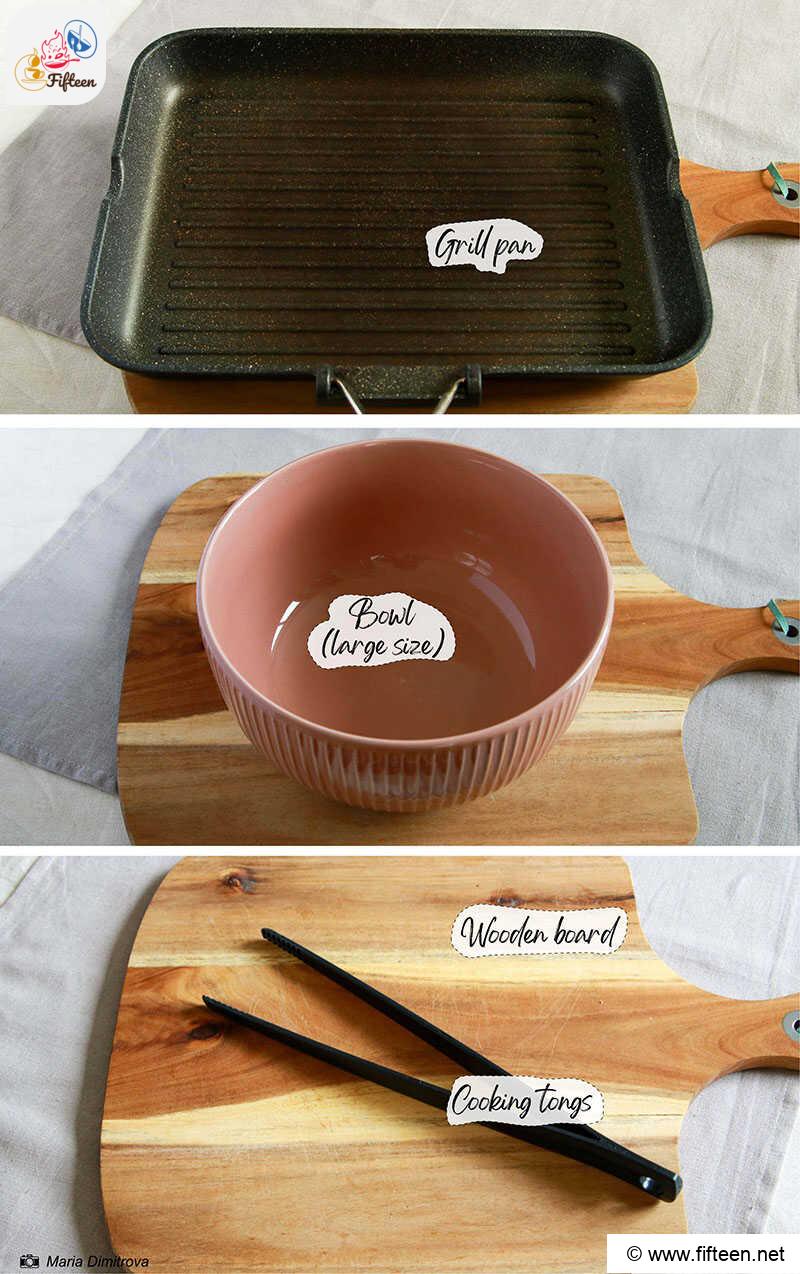
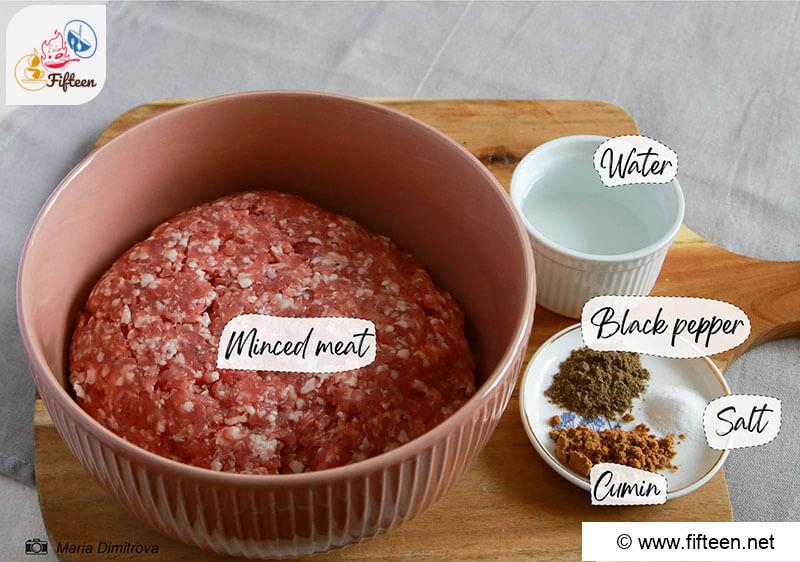
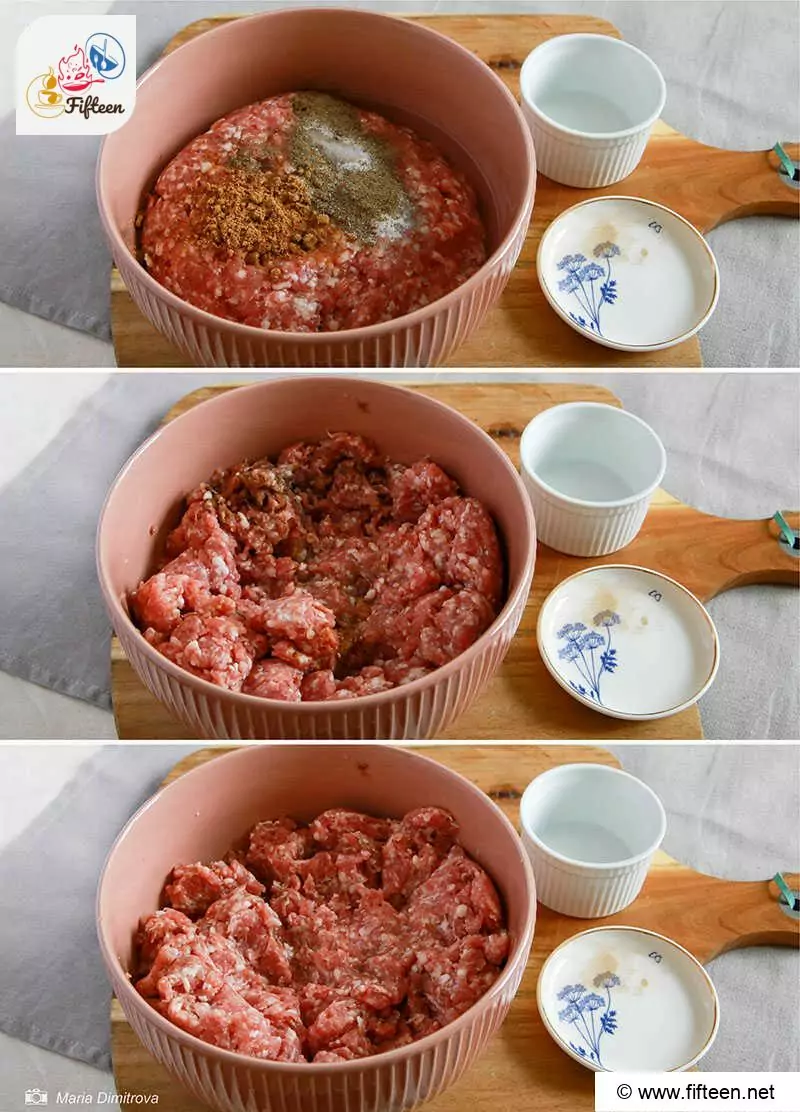
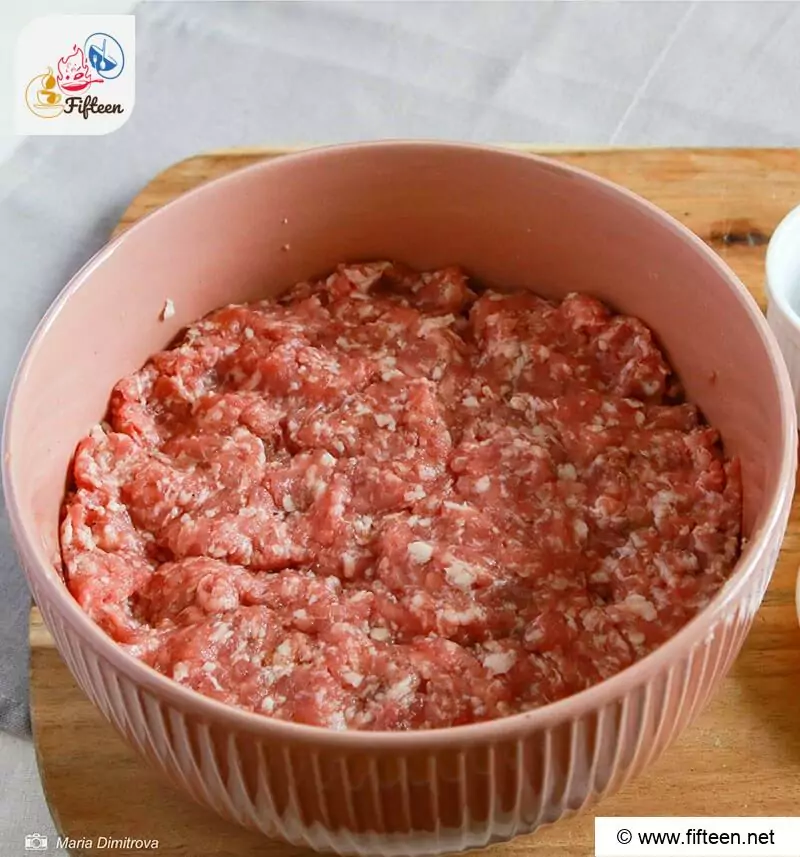
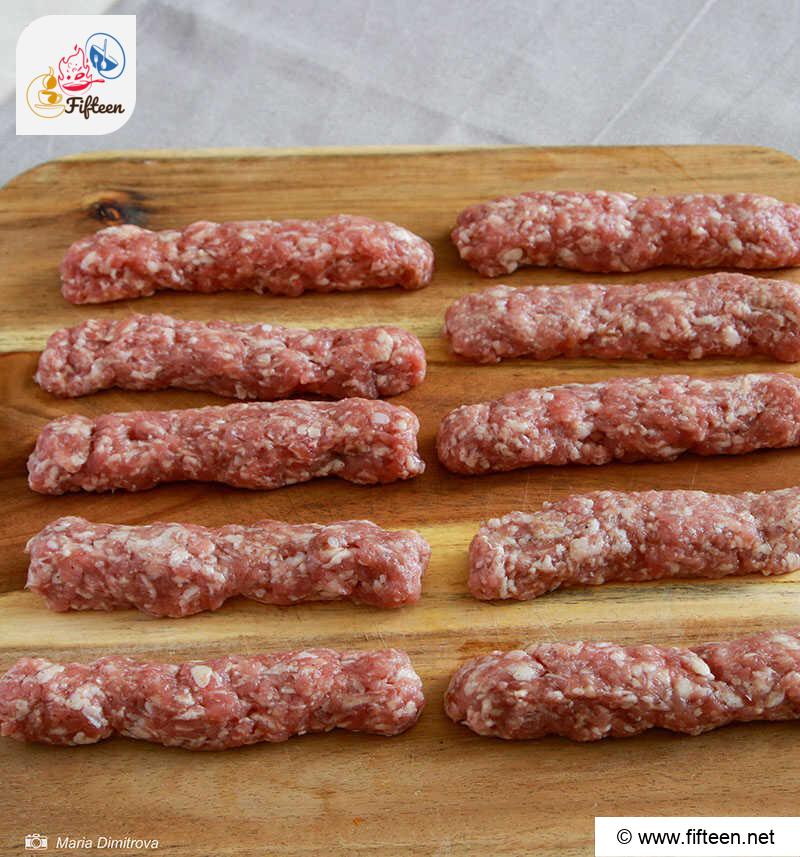
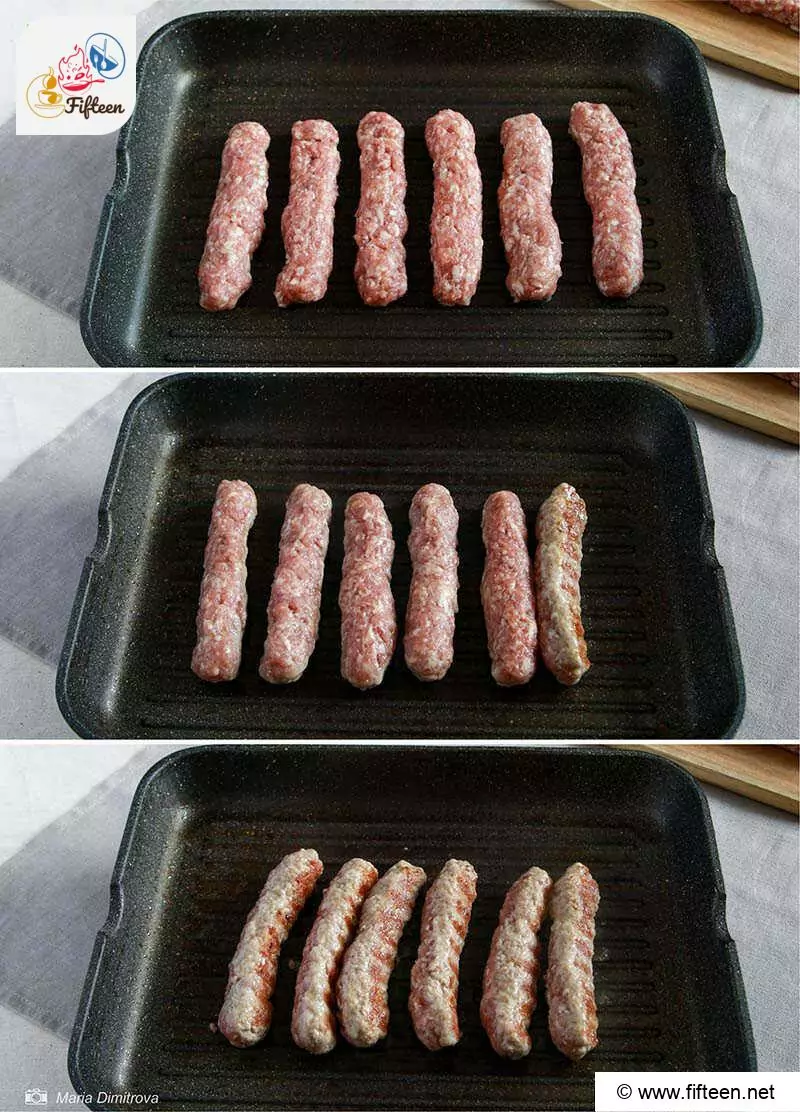
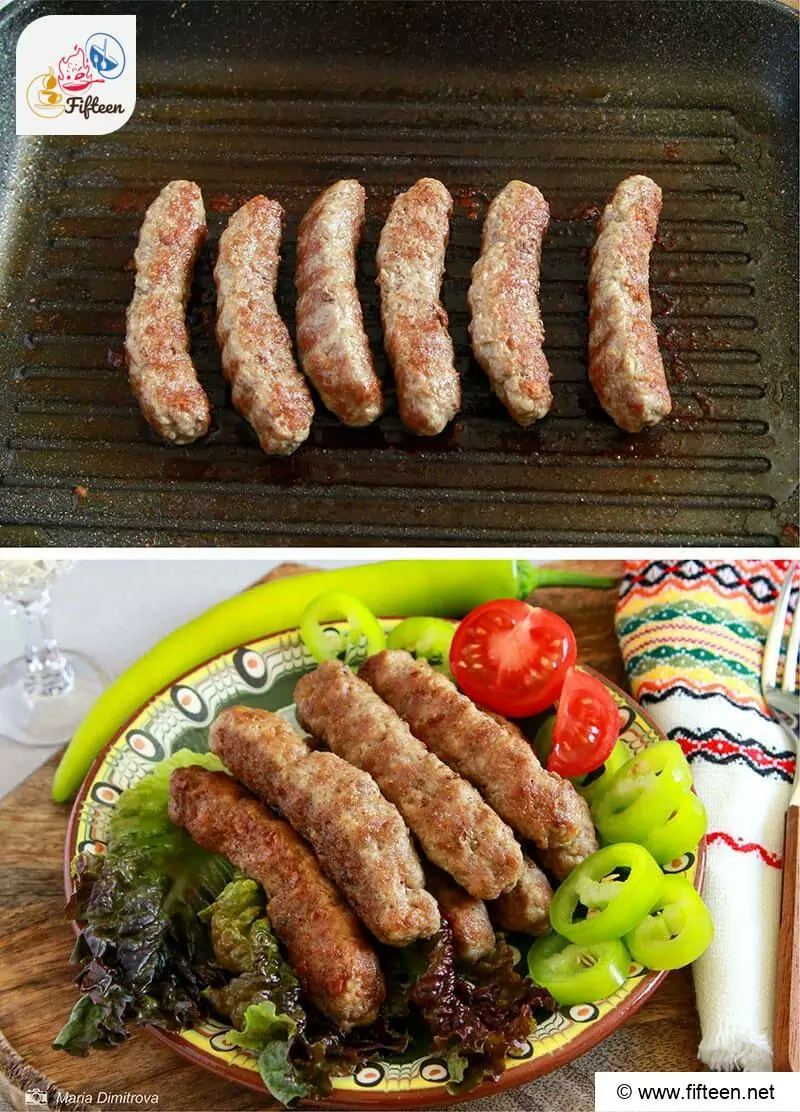
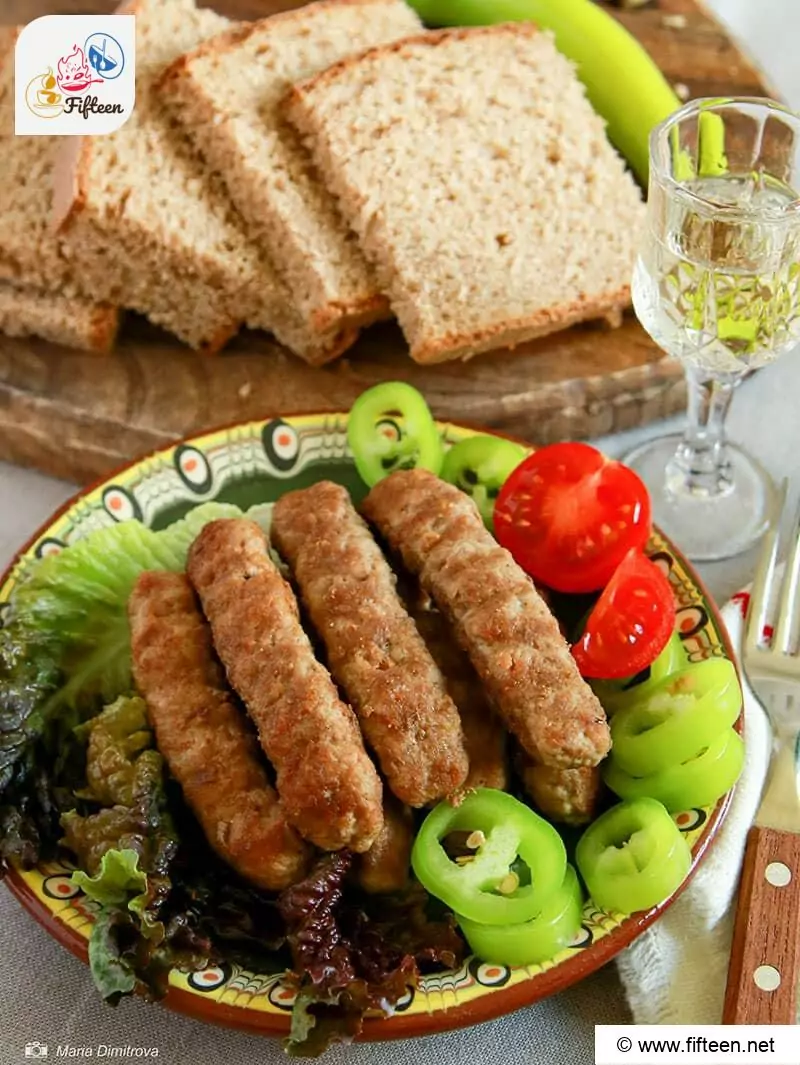
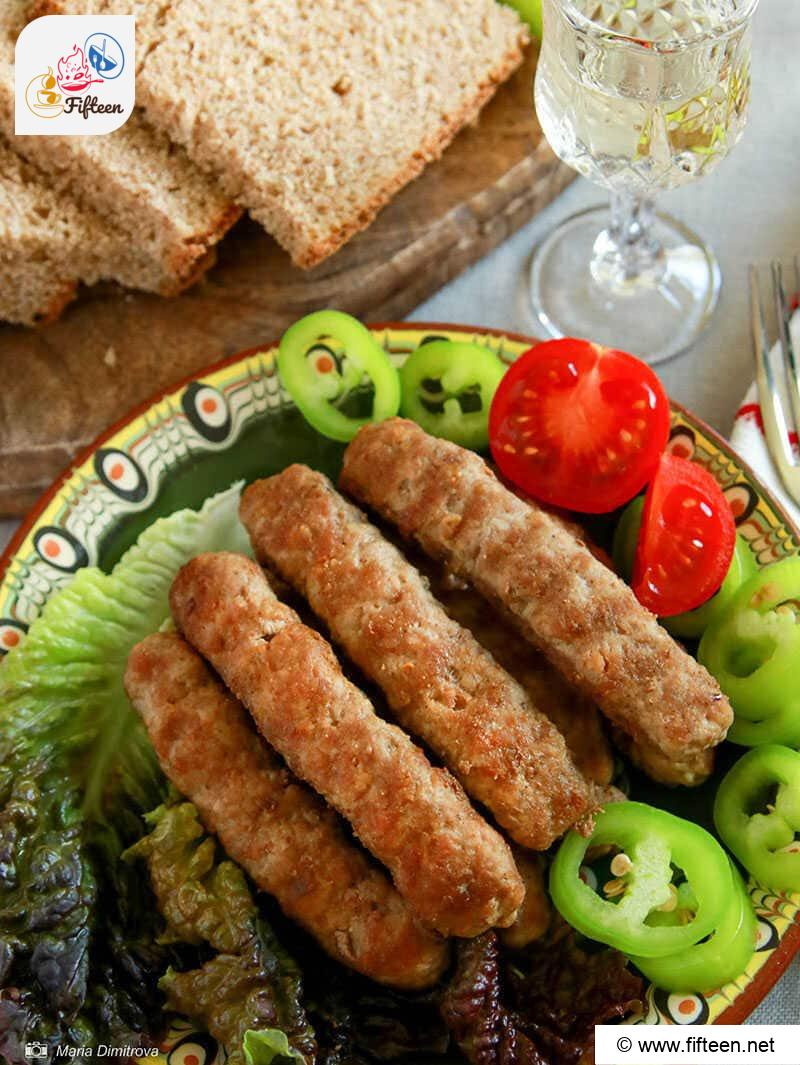
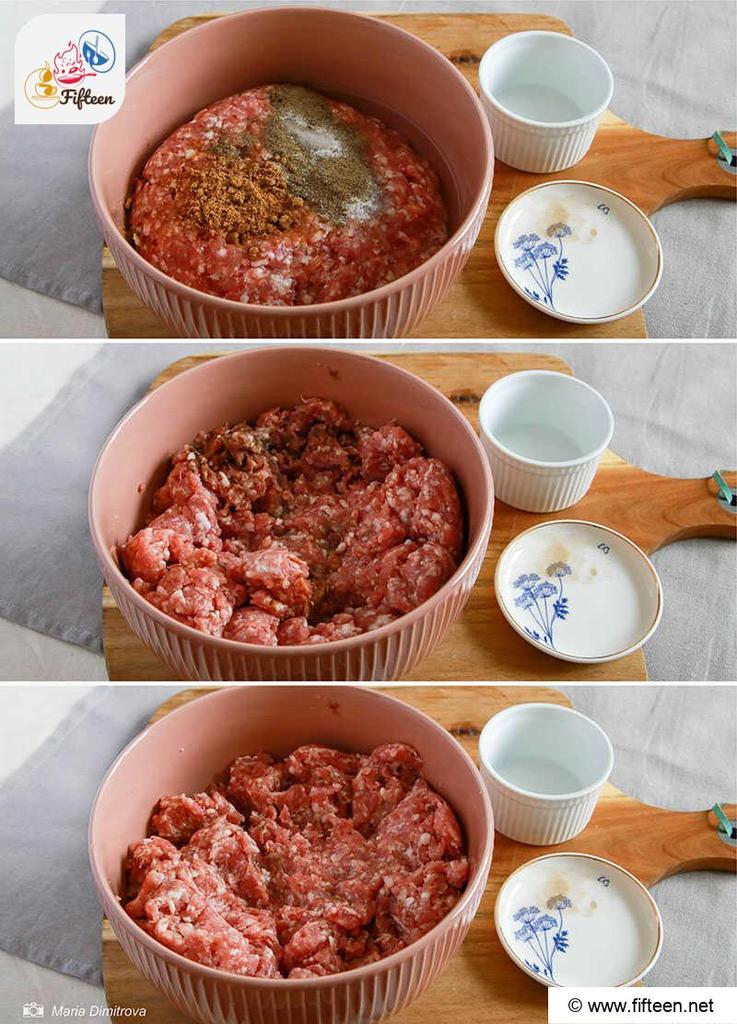
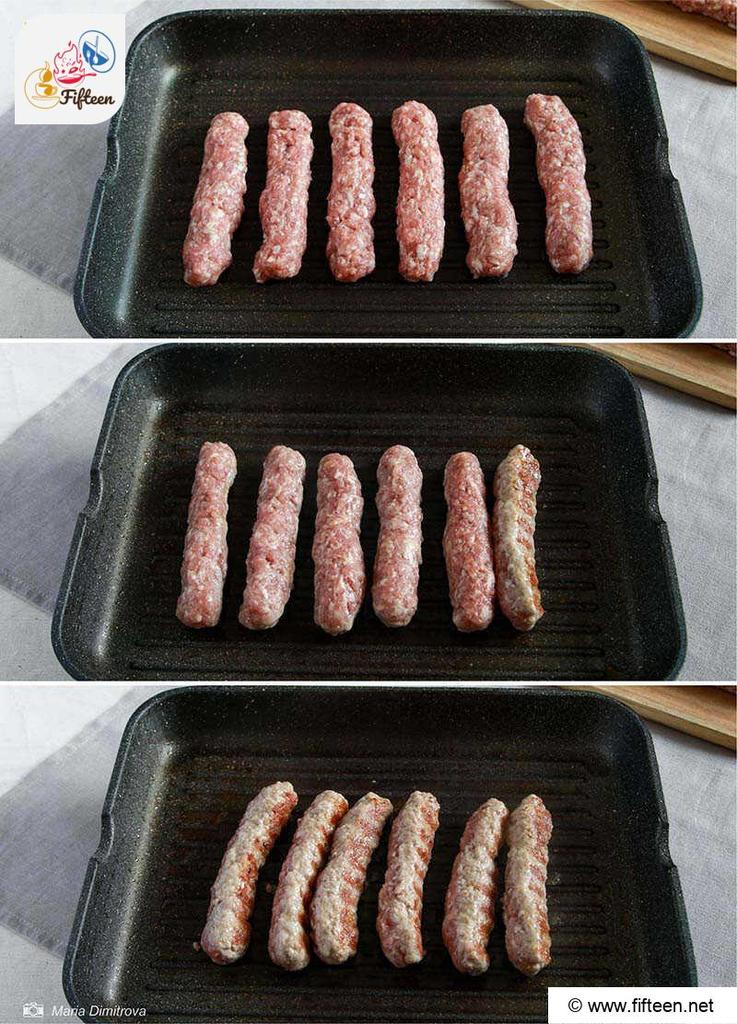
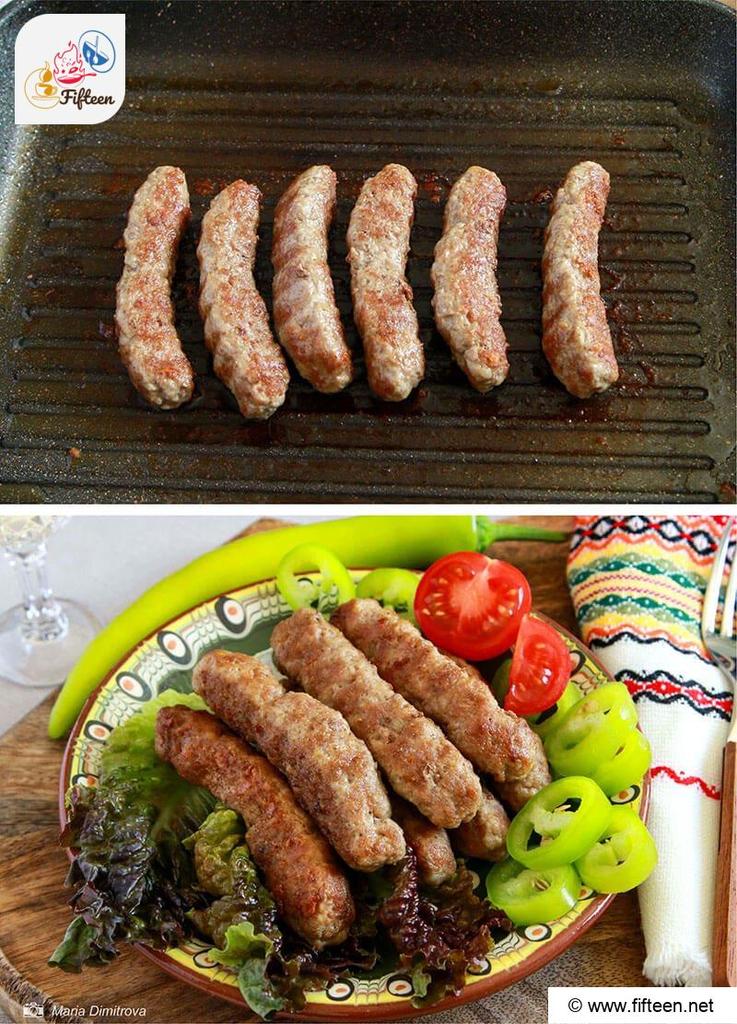
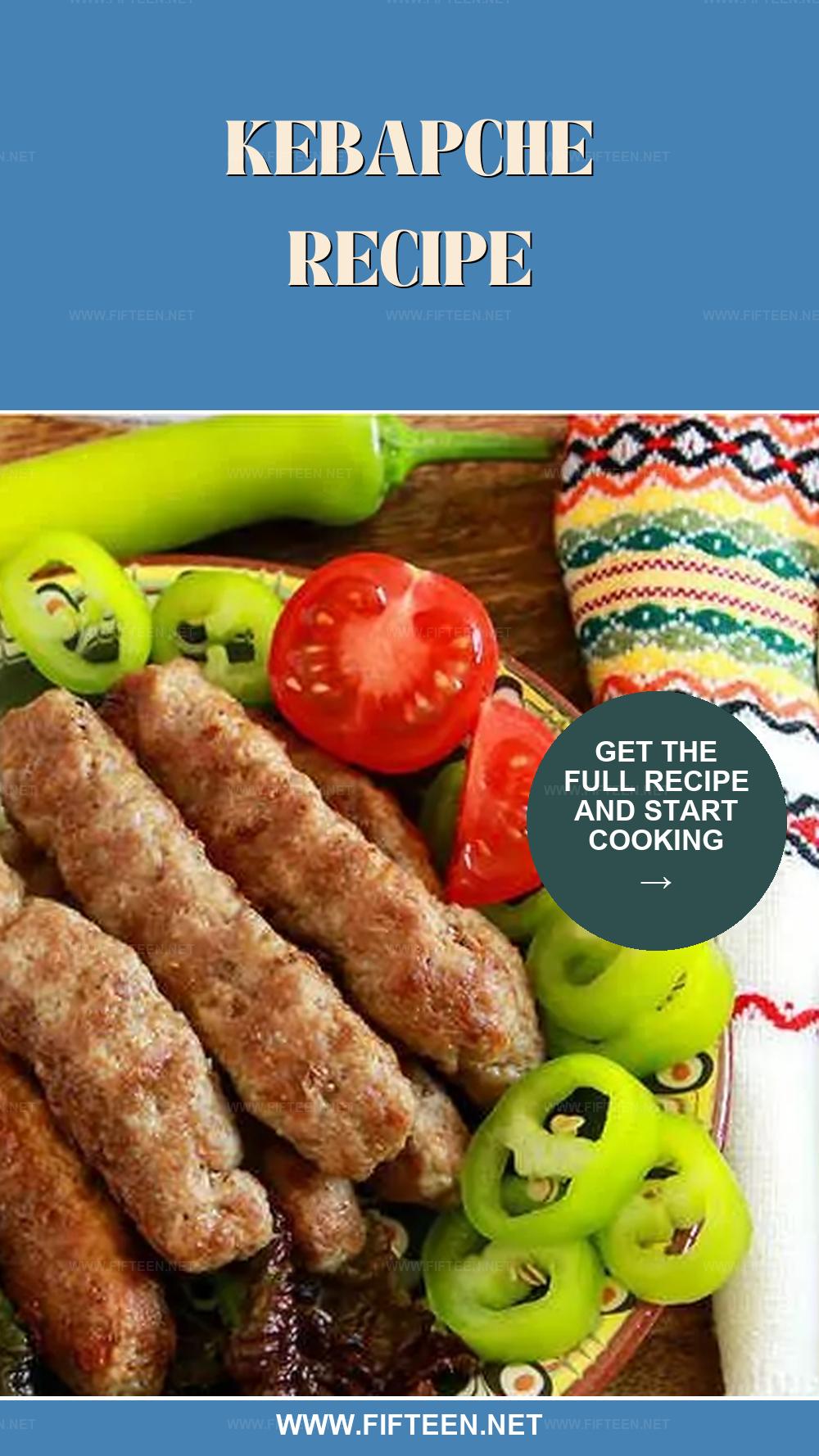
Mia Dimitrova
Content Writer
Expertise
Home Cooking, Meal Planning, Food Styling, Food Photography, Culinary Storytelling, Cooking-video Maker, European Food Content Creator, Bulgarian Food Evaluation Expert
Education
Sofia University “St. Kliment Ohridski”
Completed a thesis titled “Bulgaria on a Plate: A Photographic Journey through our Gastronomic Legacy.”
European Culinary Arts Academy
Maria Dimitrova, or Mia, is a Contributing Writer from Sofia, Bulgaria. Her work beautifully intertwines the rich flavors of Bulgarian and European dishes with their visual storytelling, capturing the soul of each cuisine. Through engaging content and stunning photography, Maria explores the intricate relationship between food’s aesthetic appeal and cultural history.
Specializing in home cooking, food styling, and photography, she brings European culinary traditions to life, offering a unique glimpse into Bulgaria’s gastronomic heritage. Maria’s expertise highlights her deep appreciation for culinary art and invites her audience to embark on a flavorful journey through Europe’s diverse food landscape.